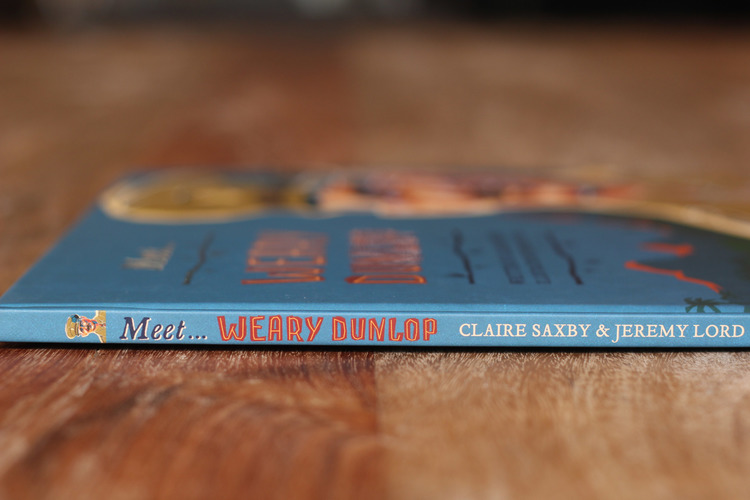The year it all ended by Kirsty Murray (Allen & Unwin, 2014)
30
chapters; 243 pages
Subjects:
World War One, Australia, France, Belgium, Germany, enemy
aliens, white feathers, family, influenza, armistice, peace, Peace
Day, war graves, Cheer Up Society, young adult fiction (Year 9-12)
Synopsis
This book starts with
a poignant vignette of a pre-war scene, when 11-year-old Tiney – short for
Martina - is allowed to join her big brother Louis and older cousin Will on
their early morning expedition to Glenelg Beach. Six years later, everything has changed.
Louis has gone to war and now the bells are ringing on Tiney’s 17th
birthday to signal the armistice on 11 November 1918.
As well as Louis, the
family includes Tiney’s three older sisters: Dorothea (or Thea) the artist, Minna and Nette. Their family ancestry
is German and Will (or Wilhelm) went to Heidelberg to study and was caught in Germany when the war started. As a result he was conscripted to fight
on the German side. Will’s brother Paul, their other cousin, was interned as an
enemy alien on Torrens Island.
As the cover
suggests, “the year it all ended” was the year that things started to change,
and the sub title (“War ends, the Jazz Age dawns. What will destiny bring Tiney
Flynn?”) underlines this theme. Although the war is over, its effects continue
and there will be many changes in Tiney’s life, both good and bad. Tiney is
obsessed with what seems like an impossible dream, to go to Europe, but she
manages to achieve it and sails across the world with her friend Ida and Ida’s
mother, to visit the battlefields of France and Belgium.
I found this a very
interesting viewpoint – not just Tiney’s, but that of a German-Australian
family and the attitudes they faced in the war.
Reviews:
I’ve tried
to look for reviews that don’t give away too much of the plot, which is tricky
as this reviewer acknowledges (but succeeds in doing - or not doing!) The
reviewer loved "the vivid
way in which Kirsty Murray has bought a period of history to life."
This review does contain more plot descriptions but I’ve included it as it has an author
interview, I liked the answers to questions 4 and 6 in particular.
Here is a
review from the Kids’ Bookshop (having given up by now on trying to avoid
spoilers).
And there are more excerpts from reviews on Kirsty Murray's website here.
About the author:
Kirsty
Murray grew up in a family of seven children, in Melbourne and then Canada, has
travelled widely, loves reading and says her most important job “and the one that
took up most of my time was being a mother”, but has still produced a string of
prize winning books. Lots of other info about her on her bio and FAQ pages.
I like her
answers to What were your favourite books when you were a kid? and What’s the
hardest part of writing for you?
Teachers’ notes are also available on her website here.
Other books you might like:
Remembrance by Theresa Breslin and
Flora’s war by Pamela Rushby both tell the story of WW1 from the viewpoint of girls about Tiney's age.
Things I didn’t know
The Cheer Up Society really did exist. “Its
object was to support the soldiers in the First and Second World Wars as well
as to bring them into contact with the 'highest type of womanhood'. “




